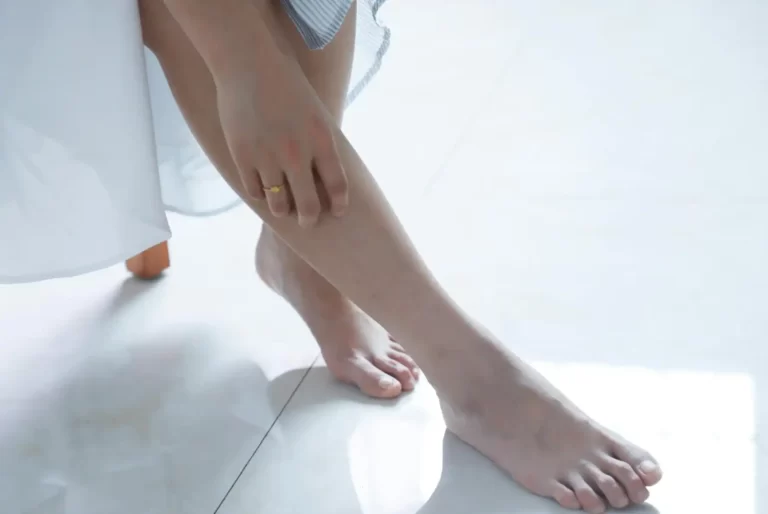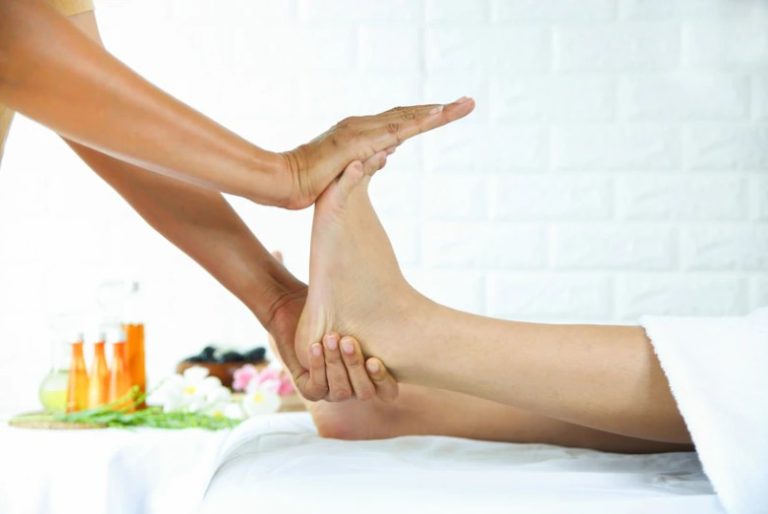Silicone Insoles 101: Everything You Need to Know About Choosing and Using Them
What Are Silicone Insoles?
Silicone insoles are shoe inserts. They are made from silicone rubber. They are designed to provide comfort, support, and shock absorption. Silicone is a synthetic polymer. It is made of silicon, oxygen, and other elements. It is highly flexible and durable.
Silicone insoles are constructed from soft, medical-grade silicone that molds to the precise shape of the foot. The material is designed to compress and spring back under pressure, providing cushioning with every step. Unlike rigid plastics, silicone has high elasticity that allows it to flex with the natural motions of the foot.
These insoles are also perforated with hundreds of small holes to allow air circulation and ventilation inside the shoe. This prevents moisture buildup and helps regulate temperature. The holes also make silicone insoles lightweight and reduce bulk inside the shoe.
Silicone is soft and absorbs shock. This sets it apart from stiffer insole materials like plastic, rubber, and EVA foam. Silicone insoles absorb impact and relieve pressure. They keep their shape and don’t flatten over time. They remain comfortable even after long wear.
Benefits of Silicone Insoles
Silicone insoles offer many benefits. These make them a popular choice for much footwear.
Cushioning and Shock Absorption
One of the main benefits of silicone insoles is the cushioning and shock absorption they provide. Silicone has natural shock absorbing properties that help reduce the impact to the feet when walking or running. The material compresses under pressure. Then, it springs back. This creates a comfy cushioning effect. This can help relieve foot pain and fatigue.
Silicone insoles are often much more shock absorbent than standard foam insoles. The material does not compact and lose cushioning over time. This provides long-lasting comfort and support.
Pressure Redistribution
In addition to cushioning, silicone insoles help redistribute pressure across the foot. When weight is concentrated in certain areas, it can lead to pain and damage.
Silicone conforms to the exact shape of the foot, spreading out pressure evenly. This prevents uncomfortable hotspots from developing. It also reduces peak pressures on sensitive areas like the ball of the foot or heel.
This redistributes pressure. It helps protect the feet during long periods of standing. It also helps during repetitive impact activities like running.
Sweat Wicking
Silicone is hydrophobic, meaning it repels water. This makes silicone insoles excellent at wicking away sweat and moisture from the feet.
When feet get hot and sweaty inside shoes, it can lead to discomfort, odor, and skin irritation. Silicone allows vapor from sweat to pass through while keeping the foot dry.
This moisture wicking property helps keep feet cool, fresh, and healthy inside shoes during activity. It provides a friction-free environment that reduces blisters and hot spots.
Odor Resistance
The hydrophobic nature of silicone also makes it resistant to odors. Sweat and bacteria easily become trapped in shoe materials like foam and fabric, causing foul odors.
Silicone repels these moisture sources of odor. It doesn’t absorb or hold onto smells like other materials.
This makes silicone insoles stay fresher for longer, even with consistent use in athletic shoes. Odor buildup requires less frequent replacement of insoles.
Easy to Clean
When dirt, debris, and odors do accumulate on silicone insoles, they are very easy to clean. Silicone can be rinsed off or wiped down with soap and water.
Insoles can be removed and washed completely in the sink or washing machine. Letting them air dry allows for bacteria removal.
This cleanability makes silicone a very hygienic choice. Insoles stay fresh and last longer before needing full replacement.
Types of Silicone Insoles
Silicone insoles come in a variety of styles and designs to suit different needs. Here are some of the main types:
Full Length vs 3/4 Length
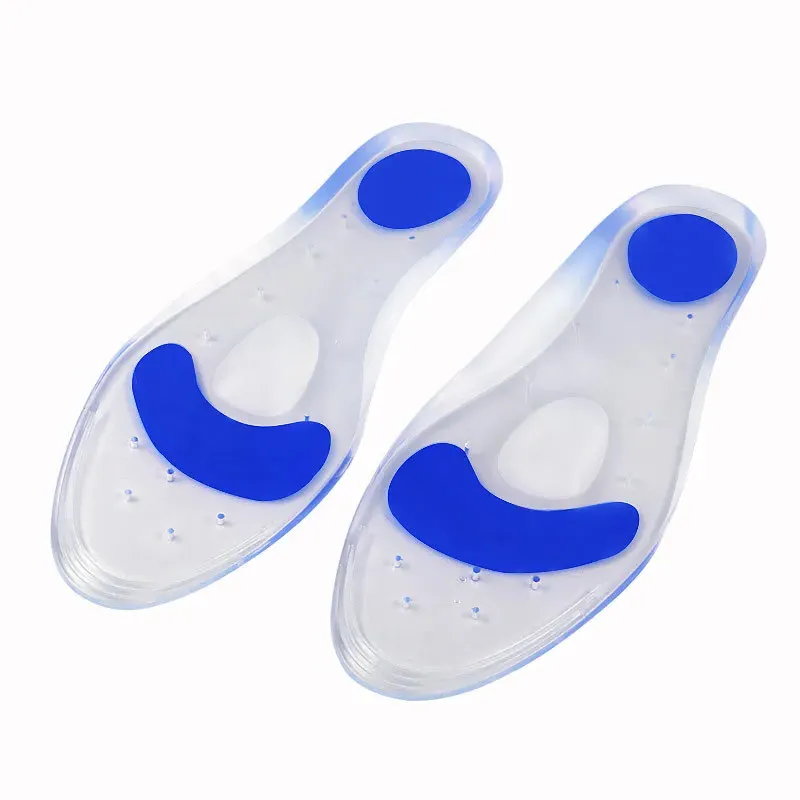
– Full length insoles line the entire footbed of the shoe. They offer support across the whole foot.
– 3/4 length insoles stop just before the toes. They provide targeted arch and heel support while allowing more room for toe movement.
Full length insoles tend to be more stabilizing while 3/4 options are more flexible. Choose based on your specific needs.
Varying Arch Support and Metatarsal Padding
Silicone insoles are available in different arch heights and with optional metatarsal padding.

– Low arches offer minimal medial support.
– Medium arches give average, moderate support.
– High arches provide maximum support and stabilization.
Metatarsal pads cushion the ball of the foot. Add these for more forefoot comfort.
Gel Pads vs Solid Silicone
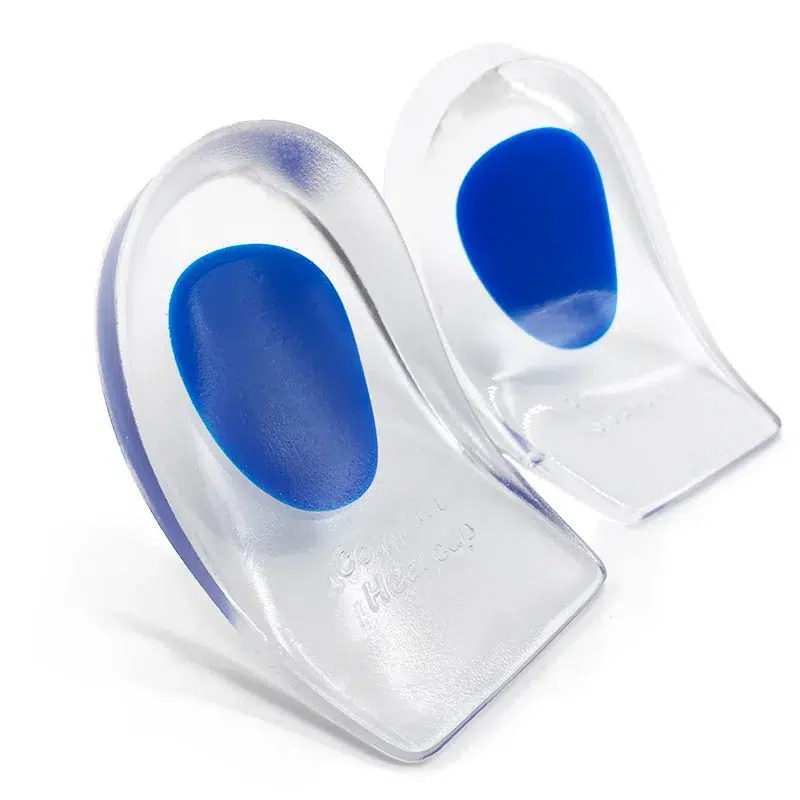
– Gel pads have a layer of soft gel over solid silicone. The gel absorbs shock and shear.
– Solid silicone insoles provide stability and compression. They don’t have the same shock absorbing gel layer.
Gel pad insoles offer more cushioning while solid silicone maximizes support. Choose the type that matches your needs.
Best Top 5 Silicone Insole
Silicone insoles are produced by several major brands that each offer their own unique features and benefits. Here are some of the top silicone insole to consider:
RoamingFeet Silicone Gel Insoles

Roamingfeet Silicone Gel Insoles has managed to hit the sweet spot between overall comfort and targeted support. Their insoles are gel-infused and ergonomically designed with zones dedicated to the heel, arch, and forefoot.
Pros:
Comfortable and reduces foot fatigue
Ideal for people standing all day
Suitable for most shoe types
Cons:
Some users experience slight sliding in shoes
RMF-010 Shock Absorption Silicone Gel Insoles
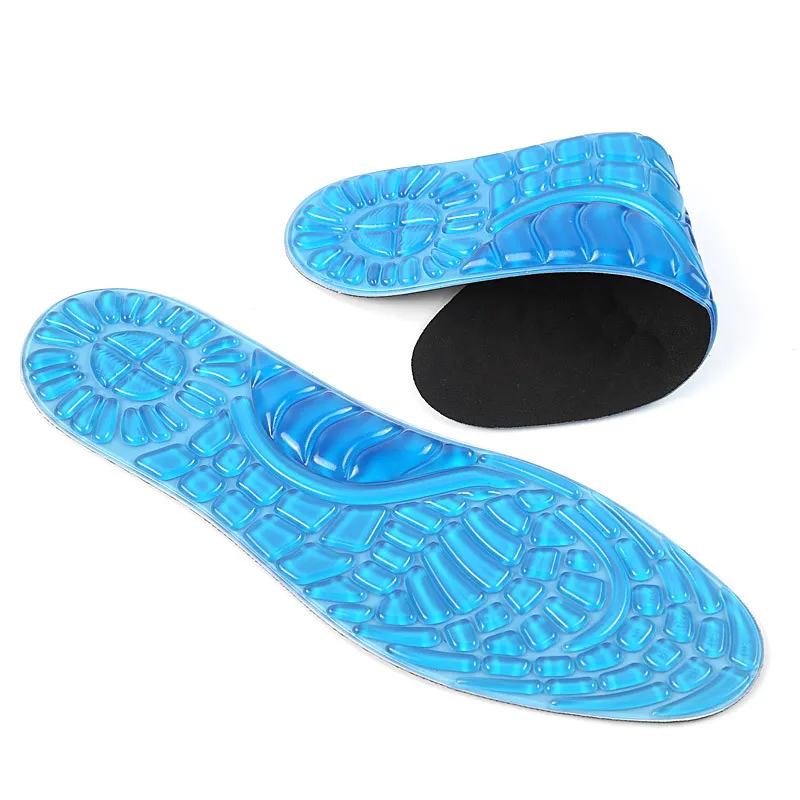
Using medical-grade silicone, RMF-010 insoles are a revelation in foot comfort and pain relief. They’re designed with a Environmental-friendly structure for extra cushioning and equipped with antimicrobial treatment.
Pros:
Excellent shock absorption; durable
Odor-resistant due to antimicrobial treatment
Suitable for diabetic neuropathy patients
Affordable considering the high quality
Cons:
Might make tighter shoes feel too snug
Dr.Foot Adjustable Silicone Insoles
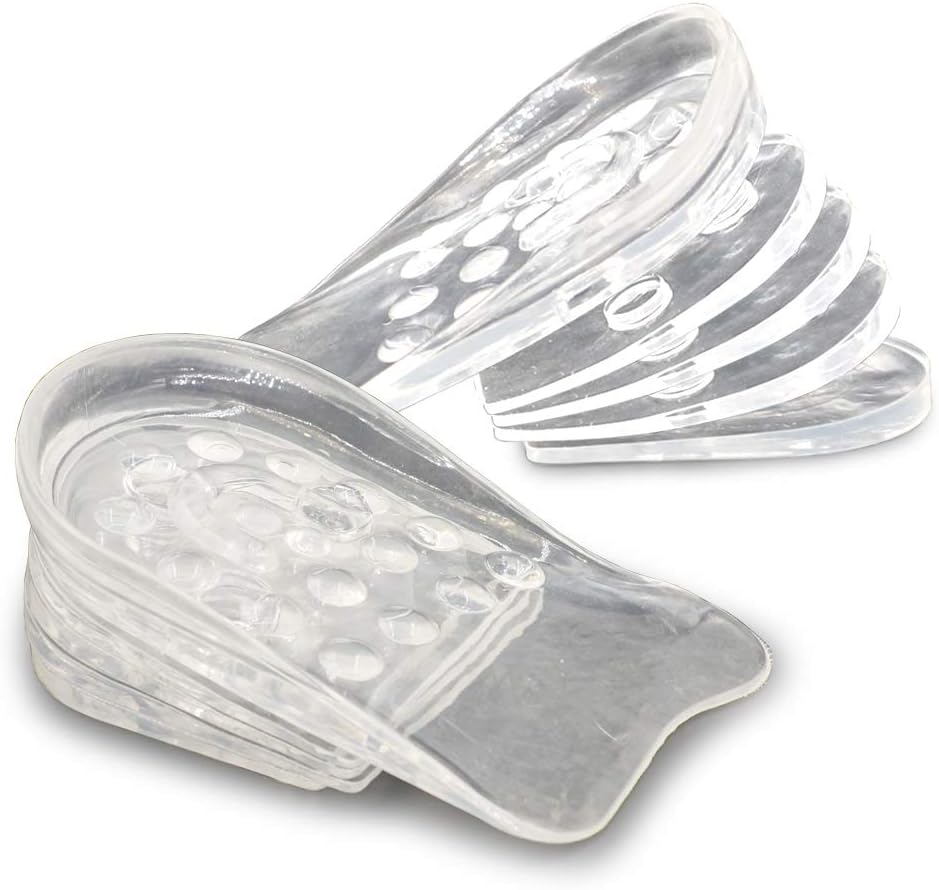
These insoles are perfect for those seeking maximum cushioning. The extra layer of silicone guarantees comfort, while the top moisture-wicking layer keeps your feet dry.
Pros:
Excellent for addressing heel pain
Can help relieve plantar fasciitis
Moisture-wicking layer prevents sweat build-up
Cons:
Might feel too bulky in slim footwear
ProCare Silicone Heel Cups
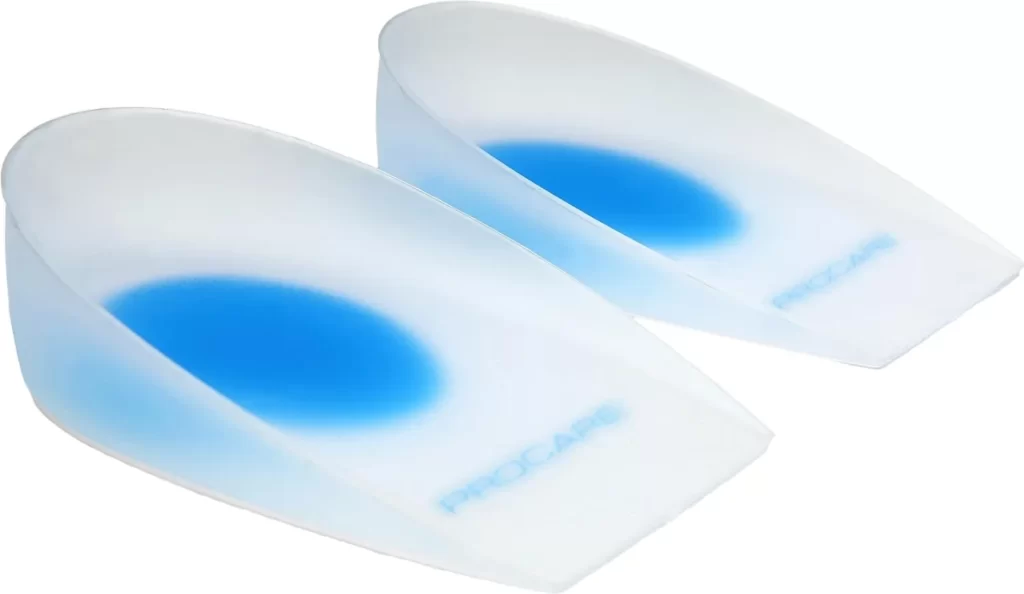
Designed for pressure distribution, these insoles are a godsend for high heel wearers. They help reduce pressure points effectively, making high heels significantly more comfortable.
Pros:
Reduces pressure points effectively
Makes wearing high heels more comfortable
Has gel cushioning for added comfort
Cons:
Not suitable for use with flat or low shoes due to thickness
Dr Scholl’s Silicone Inserts
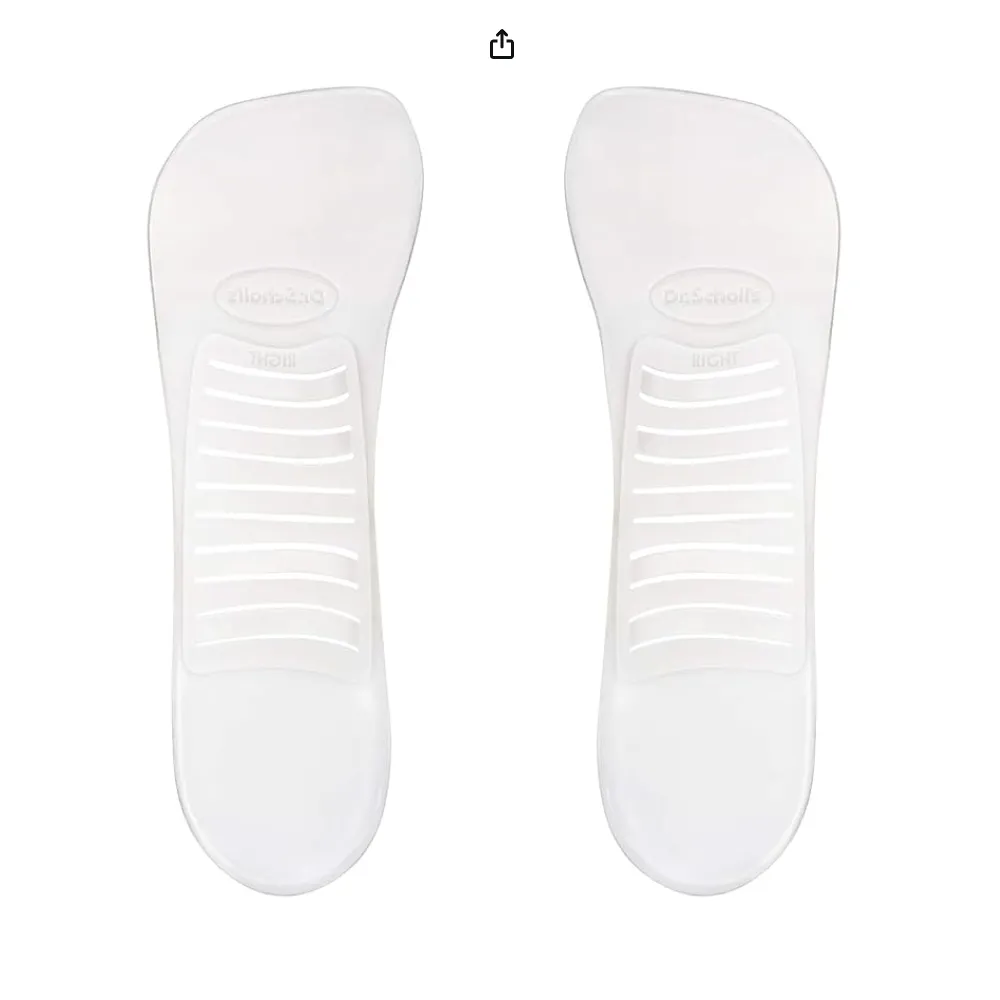
With enhanced arch support and a thin profile, ArchMaster Pro targets flat feet and high arches effectively. The heat-responsive technology makes it mold easily to your foot.
Pros:
Ideal for individuals with flat feet or high arches
Easily mold to your foot
Thin enough for most shoes types
Cons:
Might need frequent replacement when used daily
With major brands like these producing silicone insoles, there are many high-quality options to find the perfect match for your needs and preferences.
How to Choose the Right Silicone Insoles
Choosing the right silicone insoles for your needs is important for comfort and support. Here are some tips:
– Consider your arch type and foot width – Silicone insoles come in different arch supports like high arch, neutral arch, and flat feet. Measure your foot width and choose the insole width accordingly for a comfortable fit.
– Think about your activity level – For high impact activities like running, look for thicker silicone insoles with more cushioning. For everyday use, slimmer insoles work well.
– Make sure to get the proper size – Size the insoles to your shoe size for the best fit. Ill-fitting insoles can cause pain and slippage.
– Replace insoles once worn out – With regular wear, silicone insoles lose their cushioning and support. Replace them every 6-12 months or when they get visibly compressed.
Getting the right pair of silicone insoles can provide comfort, support, and impact absorption. Follow these tips to find the perfect match for your needs. Proper sizing and fit are key for all-day comfort.
Using Silicone Insoles for Specific Conditions
Silicone insoles can provide relief for several common foot conditions, including:
Plantar Fasciitis
The plantar fascia is a thick band of tissue that runs along the bottom of your foot. Plantar fasciitis occurs when this tissue becomes inflamed. Symptoms include stabbing heel pain that’s usually worse first thing in the morning. Silicone insoles can help by absorbing shock and reducing strain on the plantar fascia. Look for deep heel cups to cradle and support your heel. Arch support is also important to prevent overpronation, which can aggravate plantar fasciitis.
Metatarsalgia
Metatarsalgia is pain and inflammation in the ball of your foot. It’s often caused by too much pressure on the metatarsal bones. Silicone insoles redistribute weight away from the ball of the foot to relieve metatarsal pain. Models with metatarsal pads or domes are ideal for metatarsalgia relief.
Achilles Tendinitis
The Achilles tendon connects your heel bone to your calf muscles. Achilles tendinitis involves swelling and irritation of this tendon. Silicone insoles provide cushioning to take pressure off the Achilles tendon. Look for insoles with deep heel cups to keep your foot stable and supported. This prevents the micro-tears that can lead to Achilles pain.
Arthritis
Arthritis causes joint inflammation and pain. For arthritis in the feet, silicone insoles help by absorbing shock and pressure. This reduces pain in joints across the foot, especially the ball of the foot and heel. Cushioned arch support also minimizes pressure on the midfoot joint affected by arthritis. Anti-microbial insoles can further help by preventing bacterial growth and odors caused by excessive foot sweat.
Caring for Your Silicone Insoles
Proper care is essential to maximize the lifespan of your silicone insoles. Here are some tips:
– Hand wash and air dry after each use – Silicone is prone to developing odors from sweat and bacteria buildup. Remove the insoles after wearing and gently wash by hand with mild soap and warm water. Rinse thoroughly and air dry completely before wearing again. Never put silicone insoles in the washing machine or dryer.
– Do not machine wash or dry – The high heat and agitation can damage the silicone material causing it to become misshapen, develop cracks, or peel apart prematurely. Machine washing and drying will drastically reduce the lifespan of silicone insoles.
– Replace every 6-12 months – With regular wear, silicone insoles will compress and lose their effectiveness over time. Most brands recommend replacing silicone insoles every 6 to 12 months to maintain proper arch and heel support. If you notice the insoles flattening out or feel they are not providing the same cushioning, it’s time to swap them for a fresh pair.
Proper cleaning and replacement are the keys to getting the most out of your silicone insoles. By hand washing after each use and replacing on a regular basis, you’ll enjoy the comfort and support of fresh insoles during every wear.
Silicone Insoles vs. Gel and Foam
When it comes to cushioning for your feet, silicone, gel, and foam are popular insole materials. Each has its own advantages and disadvantages.
Silicone is known for providing excellent shock absorption and cushioning. It evenly distributes pressure across the insole, reducing stress on the heels, arches, and forefoot. Silicone is also more durable than gel and many types of foam. It retains its shape well over time. The main downside is that 100% silicone can feel somewhat firm at first.
Gel insoles offer very soft, pillowy cushioning. The gel conforms closely to the contours of the foot, absorbing impact. However, gel tends to break down more quickly than silicone. It can lose its cushioning ability within months. Gel is also heavier than other materials.
Foam is lightweight and can provide cushioning. However, the quality and longevity varies greatly. Low-density foam compresses easily under body weight and can become misshapen. Higher density foam is more supportive and retains bounce better. Memory foam molds to the foot then springs back slowly. Overall, foam is less shock absorbing than silicone or gel.
When it comes to support, silicone and higher-density foams excel. They provide arch support and help stabilize the foot. Gel does not offer much inherent support.
For long-lasting comfort and shock absorption, silicone is hard to beat. Gel feels softest initially but breaks down faster. Good foam can balance cushioning and support. Combine materials for custom comfort. For example, use a silicone base with gel pads under the heel and forefoot. Test different insole types to find your perfect match.
Do Silicone Insoles Really Work?
Silicone insoles have become a popular footwear insert due to claims that they can provide cushioning, arch support, and pain relief. But do they really deliver on these promises? Let’s take a look at some of the research and user reviews on silicone insole effectiveness.
Overview of Research on Effectiveness
Several studies have explored whether silicone insoles actually provide benefits compared to no insole or other materials. A 2016 study published in the Journal of Chiropractic Medicine had subjects wear several types of insoles, including silicone. They wore them during extended standing and walking. The results showed that silicone insoles reduced foot fatigue and discomfort more than no insole or a standard foam insole [1].
Additional research in 2015 compared silicone and latex insoles for their shock absorption properties. Using sensors to analyze impact forces, the silicone insoles showed better shock absorption and impact damping than latex [2]. This finding indicates silicone can provide cushioning and minimize pressure on the foot.
While promising, more high quality studies are still needed to fully determine silicone insole effectiveness for various foot conditions. But the existing research shows they can provide real benefits in fatigue reduction and shock absorption.
User Reviews and Testimonials
Beyond clinical studies, many users praise the relief silicone insoles have provided for issues like plantar fasciitis, heel spurs, and general foot soreness. Customer reviews for popular brands like Dr. Scholl’s consistently mention great arch support and pain alleviation from silicone inserts.
Some Occupational Therapists also recommend silicone insoles to patients with diabetic neuropathy to help cushion their steps. One user said the insoles reduced knee and back pain caused by excess pressure on joints. Another mentioned they can stand longer at work without tiring as quickly with silicone inserts.
Of course experiences vary based on the specific insole brand and the user’s foot issues. But many report real improvements in long-term comfort and stamina from consistent use of silicone insoles. They can provide cushion and support that more basic foam inserts lack.
Overall, the user reviews indicate silicone insoles can make a positive difference for multiple foot pain problems. The materials cushion, absorb shock, and conform to the foot’s shape better than most alternatives. While not a cure-all, quality silicone inserts appear to alleviate discomfort and fatigue according to numerous users.
Silicone Insoles: The Bottom Line
Silicone insoles can provide numerous benefits for your feet if used properly. Here’s a summary of the key benefits silicone insoles have to offer:
– Cushioning and shock absorption – Silicone absorbs impact and reduces stress on feet, knees, hips and back. This makes them ideal for conditions like plantar fasciitis or arthritis.
– Pressure relief – The soft silicone molds to the contours of your feet, relieving pressure on areas prone to pain like the heel, ball of the foot or metatarsals. This helps prevent calluses and corns.
– Friction reduction – The smooth silicone surface minimizes rubbing that can lead to blisters. This makes them great for athletic activities.
– Odor and moisture control – Silicone doesn’t absorb moisture like foam or cotton. It allows ventilation to keep feet dryer and less smelly.
– Customizable comfort – Silicone insoles can be trimmed to fit any shoe. They mold to your unique foot shape over time. This custom fit distributes weight evenly across the foot.
– Durability – Silicone is resilient and retains its cushioning properties over time unlike foam that compresses permanently. Quality silicone insoles can last 1-2 years with proper care.
To get the most out of silicone insoles:
– Replace the insoles that came with your shoes. Don’t layer new insoles over your existing ones.
– Allow 1-2 weeks of regular wear for the insoles to fully mold and adapt to your feet.
– Keep them clean by washing gently with mild soap and warm water. Let air dry completely before re-inserting.
– Consider using separate pairs for different shoes so they can fully mold to each shoe type.
– Replace them once they become excessively worn, compressed or stop providing cushioning and support.
With the right pair suited for your needs, silicone insoles can provide long-lasting comfort and support for your feet.

